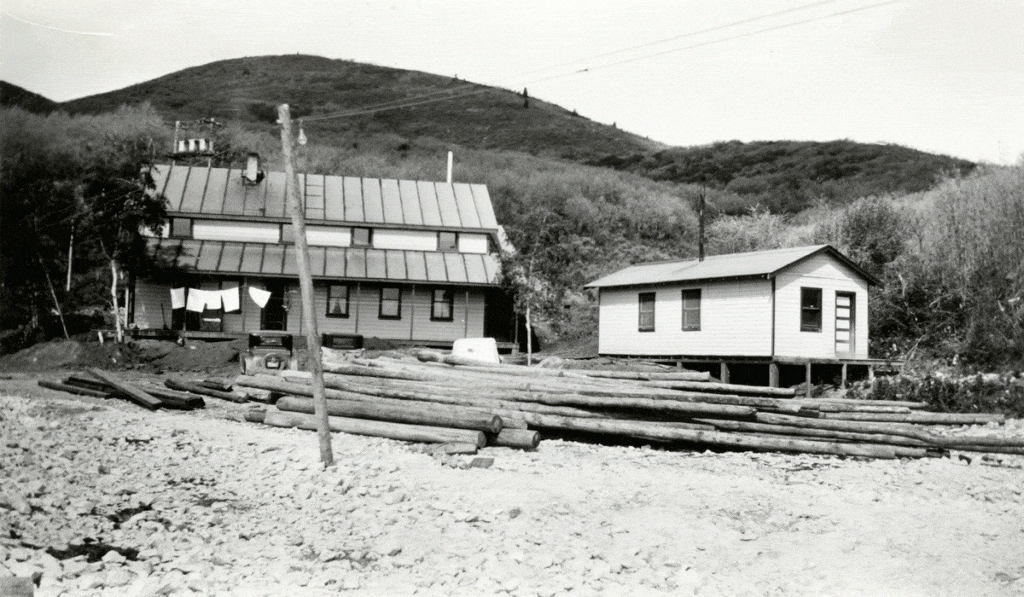This history is written from the perspective of a figurative miner at the Mayflower Mine, based on interviews and information from Keith Droste, Jim Hewitson, Gary Kimball and Steve Leatham, along with other historical research. The details of the miner are historicized, while the other information is historical. This is the first of two articles.
I grew up in Midway Utah. My ancestors were part of the Swiss migration in the 1870s. Since then, we’ve operated a self-sustaining farm in the Heber Valley for almost four generations. Unfortunately, my father was disabled during the Korean War. As a result, I became “man of the house” (so to speak) at a young age. No leisurely childhood for me.
Between mom, friends, family and myself, the continuity of our farm was preserved. Such responsibilities I accepted without hesitation. The resulting maturation would ultimately serve me well. During this transition from a boy to a young man I displayed a preternatural inclination for all things mechanical. As with savants, this “gift” was not easily explained. Farm equipment, irrigation systems, plumbing, electrical, etc. – I mastered them all.
I graduated high school in June 1962. Despite academic excellence, attending college in the foreseeable future was not possible. That being said, I yearned for a job that provided both a good income and the flexibility to help my parents tend the farm. Twenty minutes from our home economic opportunity beckoned at the Mayflower Mine. Though opened in 1929, operations commenced in earnest when the New Park Mining Company was chartered in 1932, listing the Mayflower Mine as their primary asset. In the realm of Park City’s mining history, the Mayflower was unique. It was the last mine to open and the second to last to close (1972). Further, it was deep, hot, modern, and a significant gold producer.

Credit: Park City Historical Society & Museum, Fraser Buck Collection
In 1961 Hecla Mining Company (renowned for their deep mining and business acumen) forged a joint venture with New Park. The infusion of capital combined with innovation created a mining “miracle” compared to their long-suffering Park City brethren – United Park City Mines (UPCM). Essentially a holding company, UPCM owned the assets, both surface and sub-surface, associated with the once glorious mines in the Park City Mining District.
The Mayflower was non-union, whereas UPCM was unionized. However, wages at the Mayflower were equal to and/or greater than those at UPCM. The absence of union related rules and regulations allowed the “flower” of innovation to flourish. Another attractive perk: Hecla offered interest free home loans to their employees. For these and other reasons working at the Mayflower was desirable. I wanted to work there.
Through family connections I secured an interview at the mine – and was hired! Hecla’s commitment to safety and employee development were paramount. Induction programs emphasized safety protocols and cross-training. “Newbies” (like me) rotated through all aspects of the mine’s operations – it was a fascinating experience.
Check back next week for this miner’s account of working in the Mayflower Mine.